HSBC 2010 Annual Report Download - page 19
Download and view the complete annual report
Please find page 19 of the 2010 HSBC annual report below. You can navigate through the pages in the report by either clicking on the pages listed below, or by using the keyword search tool below to find specific information within the annual report.-
 1
1 -
 2
2 -
 3
3 -
 4
4 -
 5
5 -
 6
6 -
 7
7 -
 8
8 -
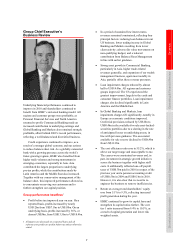 9
9 -
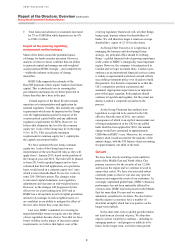 10
10 -
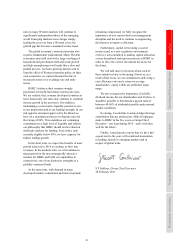 11
11 -
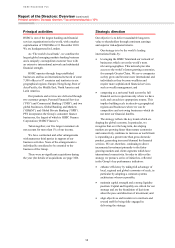 12
12 -
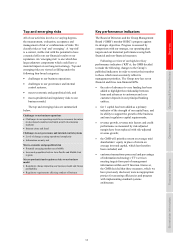 13
13 -
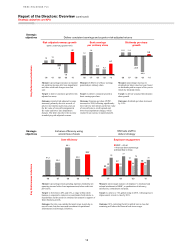 14
14 -
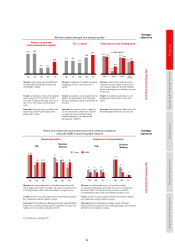 15
15 -
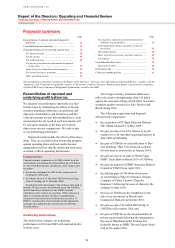 16
16 -
 17
17 -
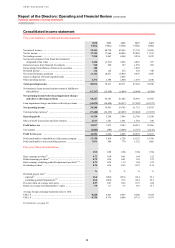 18
18 -
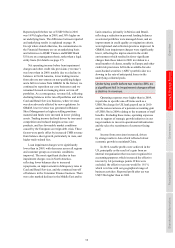 19
19 -
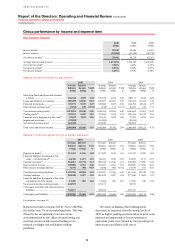 20
20 -
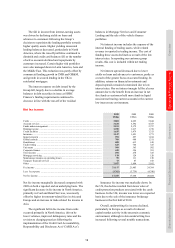 21
21 -
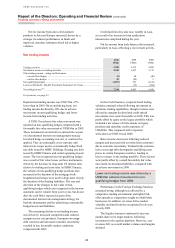 22
22 -
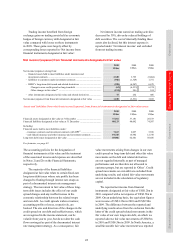 23
23 -
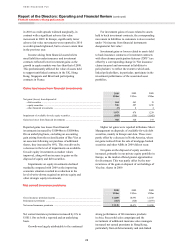 24
24 -
 25
25 -
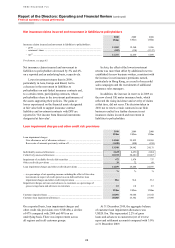 26
26 -
 27
27 -
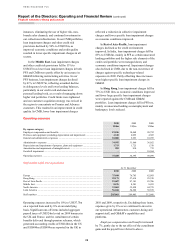 28
28 -
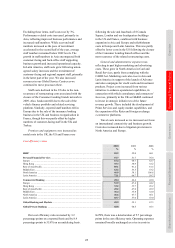 29
29 -
 30
30 -
 31
31 -
 32
32 -
 33
33 -
 34
34 -
 35
35 -
 36
36 -
 37
37 -
 38
38 -
 39
39 -
 40
40 -
 41
41 -
 42
42 -
 43
43 -
 44
44 -
 45
45 -
 46
46 -
 47
47 -
 48
48 -
 49
49 -
 50
50 -
 51
51 -
 52
52 -
 53
53 -
 54
54 -
 55
55 -
 56
56 -
 57
57 -
 58
58 -
 59
59 -
 60
60 -
 61
61 -
 62
62 -
 63
63 -
 64
64 -
 65
65 -
 66
66 -
 67
67 -
 68
68 -
 69
69 -
 70
70 -
 71
71 -
 72
72 -
 73
73 -
 74
74 -
 75
75 -
 76
76 -
 77
77 -
 78
78 -
 79
79 -
 80
80 -
 81
81 -
 82
82 -
 83
83 -
 84
84 -
 85
85 -
 86
86 -
 87
87 -
 88
88 -
 89
89 -
 90
90 -
 91
91 -
 92
92 -
 93
93 -
 94
94 -
 95
95 -
 96
96 -
 97
97 -
 98
98 -
 99
99 -
 100
100 -
 101
101 -
 102
102 -
 103
103 -
 104
104 -
 105
105 -
 106
106 -
 107
107 -
 108
108 -
 109
109 -
 110
110 -
 111
111 -
 112
112 -
 113
113 -
 114
114 -
 115
115 -
 116
116 -
 117
117 -
 118
118 -
 119
119 -
 120
120 -
 121
121 -
 122
122 -
 123
123 -
 124
124 -
 125
125 -
 126
126 -
 127
127 -
 128
128 -
 129
129 -
 130
130 -
 131
131 -
 132
132 -
 133
133 -
 134
134 -
 135
135 -
 136
136 -
 137
137 -
 138
138 -
 139
139 -
 140
140 -
 141
141 -
 142
142 -
 143
143 -
 144
144 -
 145
145 -
 146
146 -
 147
147 -
 148
148 -
 149
149 -
 150
150 -
 151
151 -
 152
152 -
 153
153 -
 154
154 -
 155
155 -
 156
156 -
 157
157 -
 158
158 -
 159
159 -
 160
160 -
 161
161 -
 162
162 -
 163
163 -
 164
164 -
 165
165 -
 166
166 -
 167
167 -
 168
168 -
 169
169 -
 170
170 -
 171
171 -
 172
172 -
 173
173 -
 174
174 -
 175
175 -
 176
176 -
 177
177 -
 178
178 -
 179
179 -
 180
180 -
 181
181 -
 182
182 -
 183
183 -
 184
184 -
 185
185 -
 186
186 -
 187
187 -
 188
188 -
 189
189 -
 190
190 -
 191
191 -
 192
192 -
 193
193 -
 194
194 -
 195
195 -
 196
196 -
 197
197 -
 198
198 -
 199
199 -
 200
200 -
 201
201 -
 202
202 -
 203
203 -
 204
204 -
 205
205 -
 206
206 -
 207
207 -
 208
208 -
 209
209 -
 210
210 -
 211
211 -
 212
212 -
 213
213 -
 214
214 -
 215
215 -
 216
216 -
 217
217 -
 218
218 -
 219
219 -
 220
220 -
 221
221 -
 222
222 -
 223
223 -
 224
224 -
 225
225 -
 226
226 -
 227
227 -
 228
228 -
 229
229 -
 230
230 -
 231
231 -
 232
232 -
 233
233 -
 234
234 -
 235
235 -
 236
236 -
 237
237 -
 238
238 -
 239
239 -
 240
240 -
 241
241 -
 242
242 -
 243
243 -
 244
244 -
 245
245 -
 246
246 -
 247
247 -
 248
248 -
 249
249 -
 250
250 -
 251
251 -
 252
252 -
 253
253 -
 254
254 -
 255
255 -
 256
256 -
 257
257 -
 258
258 -
 259
259 -
 260
260 -
 261
261 -
 262
262 -
 263
263 -
 264
264 -
 265
265 -
 266
266 -
 267
267 -
 268
268 -
 269
269 -
 270
270 -
 271
271 -
 272
272 -
 273
273 -
 274
274 -
 275
275 -
 276
276 -
 277
277 -
 278
278 -
 279
279 -
 280
280 -
 281
281 -
 282
282 -
 283
283 -
 284
284 -
 285
285 -
 286
286 -
 287
287 -
 288
288 -
 289
289 -
 290
290 -
 291
291 -
 292
292 -
 293
293 -
 294
294 -
 295
295 -
 296
296 -
 297
297 -
 298
298 -
 299
299 -
 300
300 -
 301
301 -
 302
302 -
 303
303 -
 304
304 -
 305
305 -
 306
306 -
 307
307 -
 308
308 -
 309
309 -
 310
310 -
 311
311 -
 312
312 -
 313
313 -
 314
314 -
 315
315 -
 316
316 -
 317
317 -
 318
318 -
 319
319 -
 320
320 -
 321
321 -
 322
322 -
 323
323 -
 324
324 -
 325
325 -
 326
326 -
 327
327 -
 328
328 -
 329
329 -
 330
330 -
 331
331 -
 332
332 -
 333
333 -
 334
334 -
 335
335 -
 336
336 -
 337
337 -
 338
338 -
 339
339 -
 340
340 -
 341
341 -
 342
342 -
 343
343 -
 344
344 -
 345
345 -
 346
346 -
 347
347 -
 348
348 -
 349
349 -
 350
350 -
 351
351 -
 352
352 -
 353
353 -
 354
354 -
 355
355 -
 356
356 -
 357
357 -
 358
358 -
 359
359 -
 360
360 -
 361
361 -
 362
362 -
 363
363 -
 364
364 -
 365
365 -
 366
366 -
 367
367 -
 368
368 -
 369
369 -
 370
370 -
 371
371 -
 372
372 -
 373
373 -
 374
374 -
 375
375 -
 376
376 -
 377
377 -
 378
378 -
 379
379 -
 380
380 -
 381
381 -
 382
382 -
 383
383 -
 384
384 -
 385
385 -
 386
386 -
 387
387 -
 388
388 -
 389
389 -
 390
390 -
 391
391 -
 392
392 -
 393
393 -
 394
394 -
 395
395 -
 396
396
 |
 |

17
Overview Operating & Financial Review Governance Financial Statements Shareholder Information
Reported profit before tax of US$19.0bn in 2010
was 169% higher than in 2009, and 36% higher on
an underlying basis. The difference between reported
and underlying results is explained on page 14.
Except where stated otherwise, the commentaries in
the Financial Summary are on an underlying basis
and references to HSBC Finance and HSBC Bank
USA are on a management basis, rather than a legal
entity basis (for details see page 37).
Net operating income before loan impairment
charges and other credit risk provisions (‘revenue’)
was lower than in 2009, notably due to a decline in
balances in North America, lower trading income
from adverse movements on non-qualifying hedges
and a fall in revenue from GB&M. In the former, we
continued to reposition our core businesses and we
remained focused on managing down our run-off
portfolios. As a consequence, revenue fell, reflecting
declining balances in the run-off portfolios and in the
Card and Retail Services business, where revenue
was also adversely affected by new regulations. In
GB&M, lower revenue was generated in Balance
Sheet Management as higher yielding positions
matured and funds were invested in lower yielding
assets. Trading income declined driven by increased
competition and reduced margins across core
products, and less favourable market conditions
caused by the European sovereign debt crisis. These
factors were partly offset by increased CMB revenue
from balance sheet growth, particularly in Asia, and
higher trade-related fees.
Loan impairment charges were significantly
lower than in 2009, with decreases across all regions
and customer groups as economic conditions
improved. The most significant decline in loan
impairment charges was in North America,
reflecting lower balances due to increased
repayments, an improvement in delinquency rates in
Card and Retail Services, and the continued run-off
of balances in the Consumer Finance business. There
were also marked declines in the Middle East and in
Latin America, primarily in Mexico and Brazil,
reflecting a reduction in personal lending balances
as selected portfolios were managed down, and an
improvement in credit quality as origination criteria
were tightened and collection practices improved. In
GB&M, loan impairment charges were significantly
lower, reflecting the improvement in the credit
environment which resulted in fewer significant
charges than those taken in 2009 in relation to a
small number of clients, notably in Europe and other
credit risk provisions fell in the available-for-sale
asset-backed securities (‘ABS’) portfolio due to a
slowing in the rate of anticipated losses in the
underlying collateral pools.
Underlying profit before tax rose by 36% as
a significant fall in impairment charges offset
a decline in revenue.
Operating expenses were higher than in 2009,
in part due to specific one-off items such as a
US$0.3bn charge for UK bank payroll tax in 2010
and the non-recurrence of a pension accounting gain
of US$0.5bn in 2009 relating to the treatment of staff
benefits. Excluding these items, operating expenses
rose in support of strategic growth initiatives in our
target markets to invest in operational infrastructure
and the selective recruitment of customer-facing
staff.
Income from associates increased, driven
by strong results in Asia which reflected robust
economic growth in mainland China.
In 2010, taxable profits were achieved in the
US, principally as the result of a gain from an
internal reorganisation that was not recognised for
accounting purposes which increased the effective
tax rate by 6.4 percentage points. If this were
excluded, the effective tax rate would be 19.1%
which is in line with our geographical range of
business activities. Reported profit after tax was
US$7.5bn higher than in 2009.
